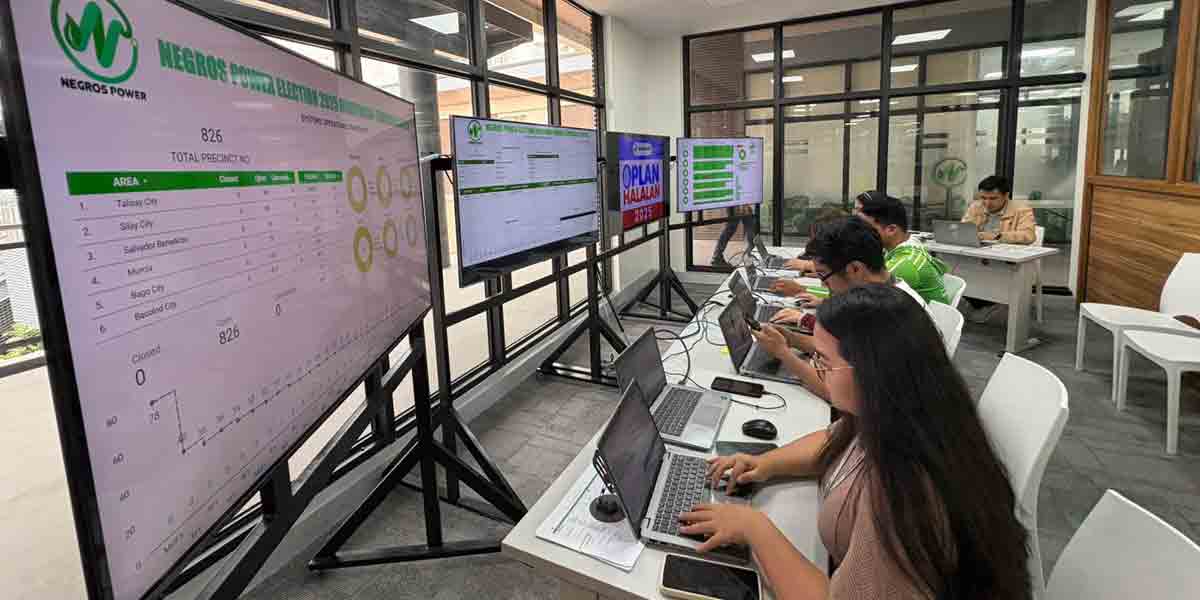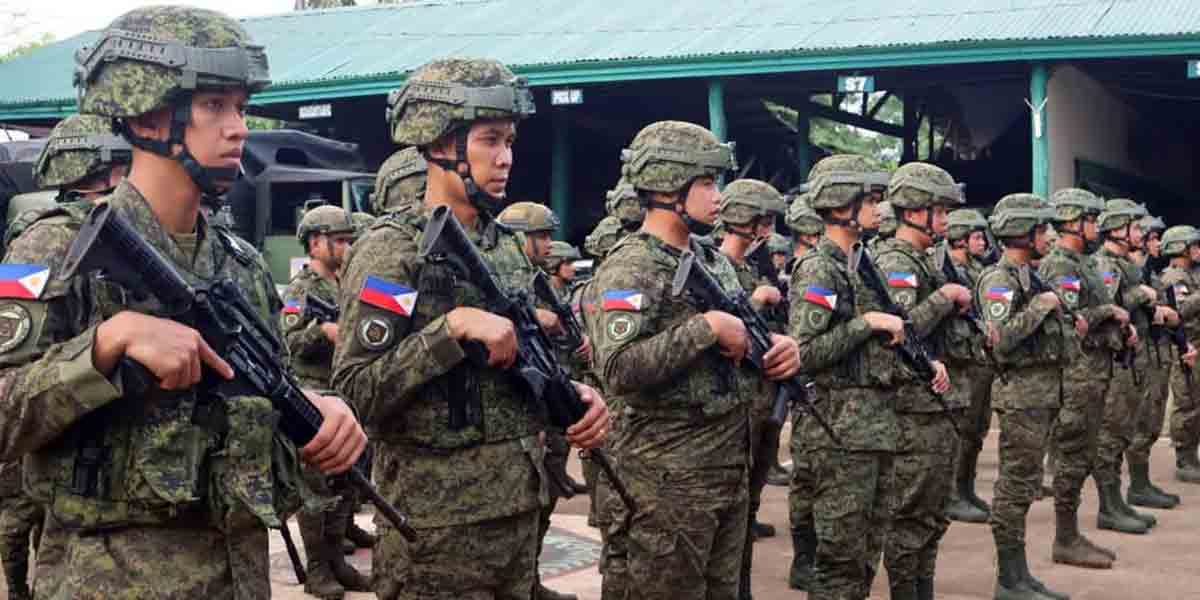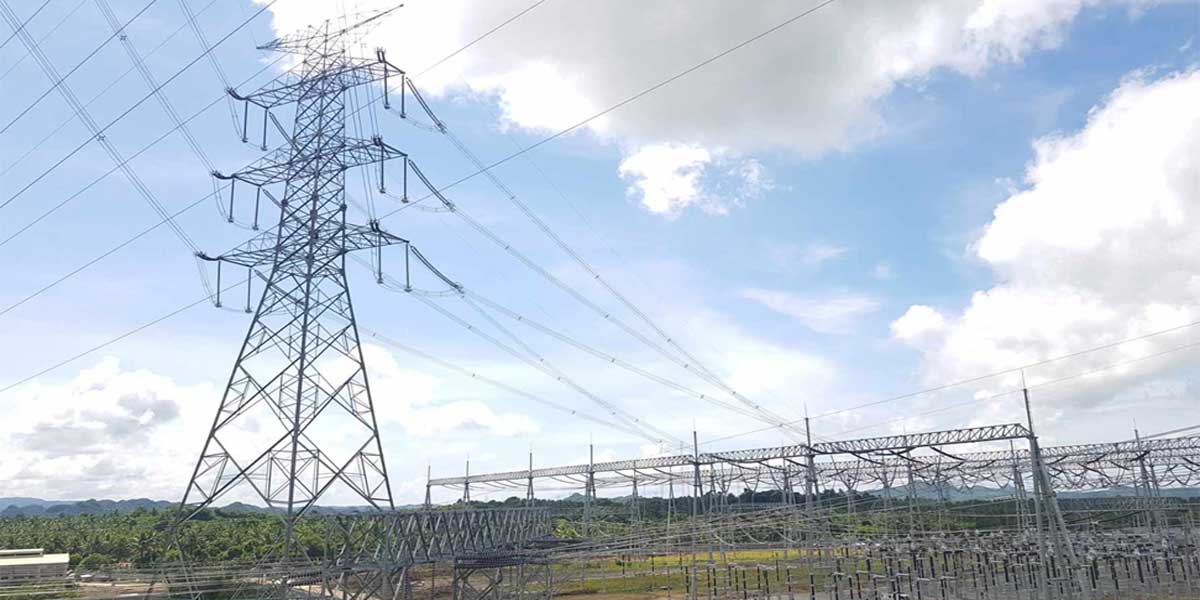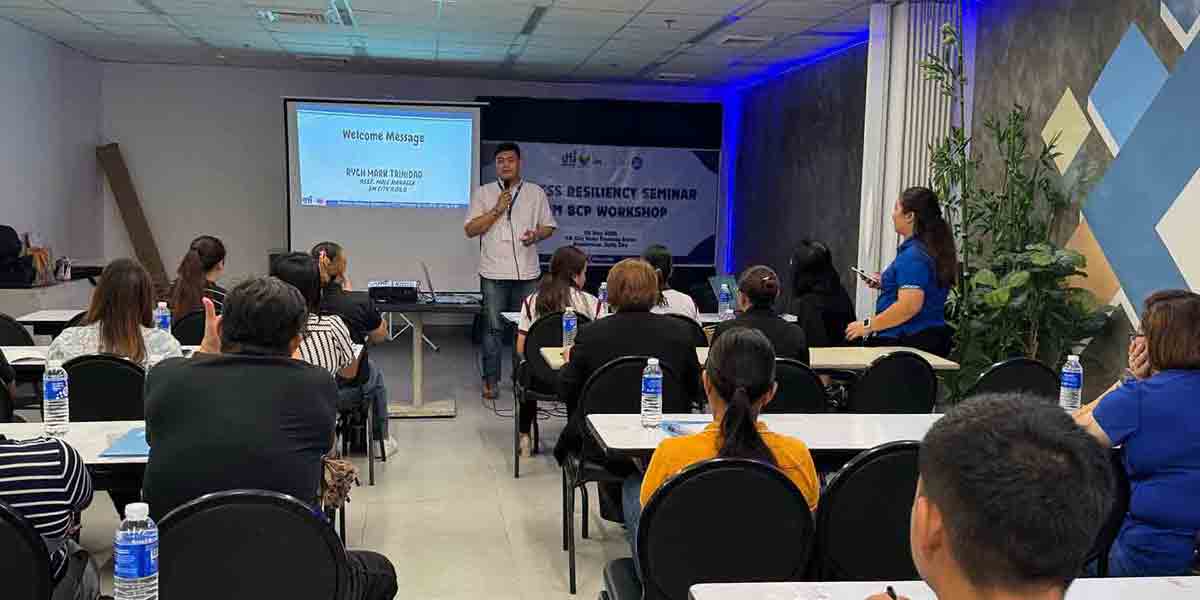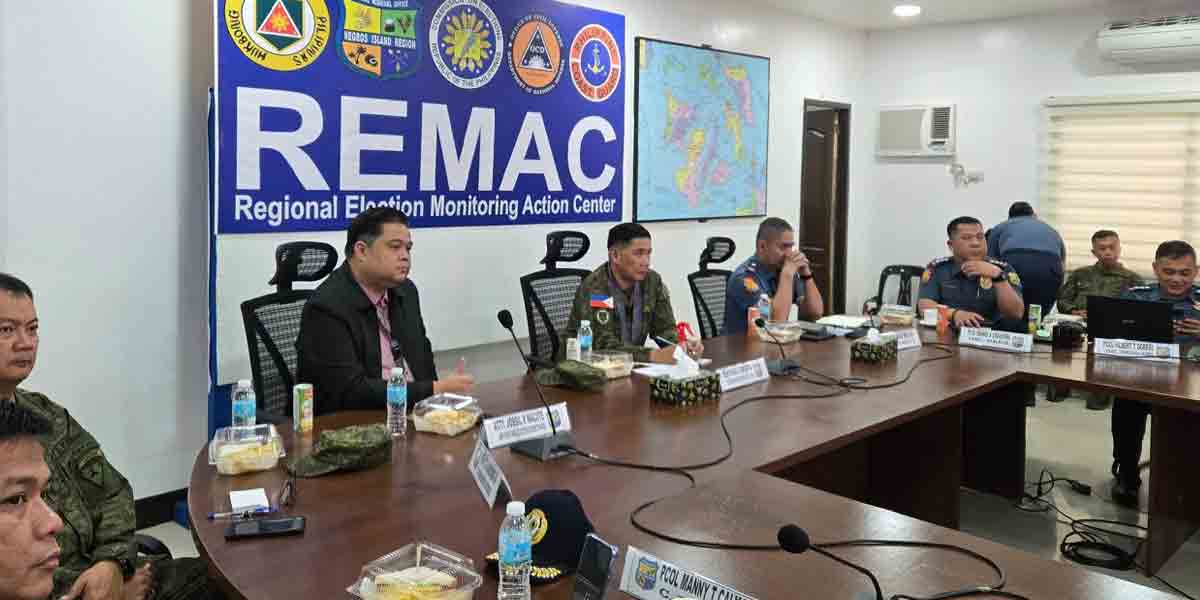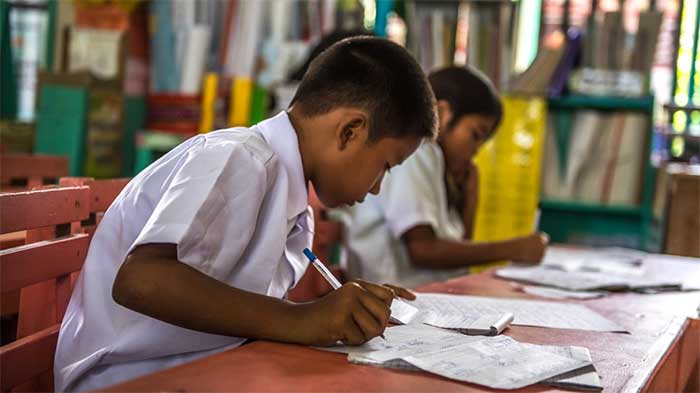
By Francis Allan L. Angelo
Filipino students have some of the weakest creative thinking skills globally, according to the 2022 Programme for International Student Assessment (PISA).
The assessment, which introduced a new creative thinking component, showed that Filipino 15-year-olds scored an average of 14 points, placing the Philippines in the bottom four out of 64 participating countries.
The average score of 14 points is significantly below the Organization for Economic Cooperation and Development (OECD) average of 33.
Only Albania, Uzbekistan, and Morocco scored within the same range as the Philippines. In stark contrast, Singapore led the rankings with an average score of 41, followed by Korea (38), Canada (38), Australia (37), and New Zealand (36).
The disparity in creative thinking abilities is highlighted by the fact that only 3.4% of Filipino students achieved Level 5 proficiency, compared to 30% of Singaporean students.
Level 5 proficiency denotes scores between 41 and 48. Moreover, no Singaporean student scored at Level 1, the lowest proficiency, while a third of Filipino students did.
Despite the low scores, Filipino students showed significant improvement when curiosity was factored in.
The PISA results revealed that students who expressed a strong eagerness to learn and explore new things scored four to five points higher in creative thinking than those who did not, the highest increase among all participating countries.
“Curiosity appears to be a key driver in enhancing creative thinking skills among students,” said the OECD in its analysis. In the Philippines, 81% of students agreed with the statement “I like learning new things,” while 78% said they “love learning new things in school.”
The PISA test, conducted every three years, assesses 15-year-olds to gauge the effectiveness of education systems globally.
The latest cycle, postponed by a year due to the COVID-19 pandemic, also highlighted the Philippines’ continued struggles in math, reading, and science, with no significant improvement from the 2018 results.
“The test does not aim to single out exceptionally creative individuals but to describe the extent to which students can think creatively and how this relates to teaching methods and educational systems,” explained the OECD.
Filipino also ranked among the world’s weakest in math, reading, and science, according to the PISA 2022 scores published in December 2022. The Philippines’ overall performance showed no significant improvement from 2018, when the country first participated in the test.
The Programme for International Student Assessment (PISA), conducted by the OECD every three years since 2000, aims to evaluate the academic skills of 15-year-olds, an age when most students are still enrolled in formal education.
The latest cycle, involving 81 countries, was postponed by a year due to the COVID-19 pandemic.

